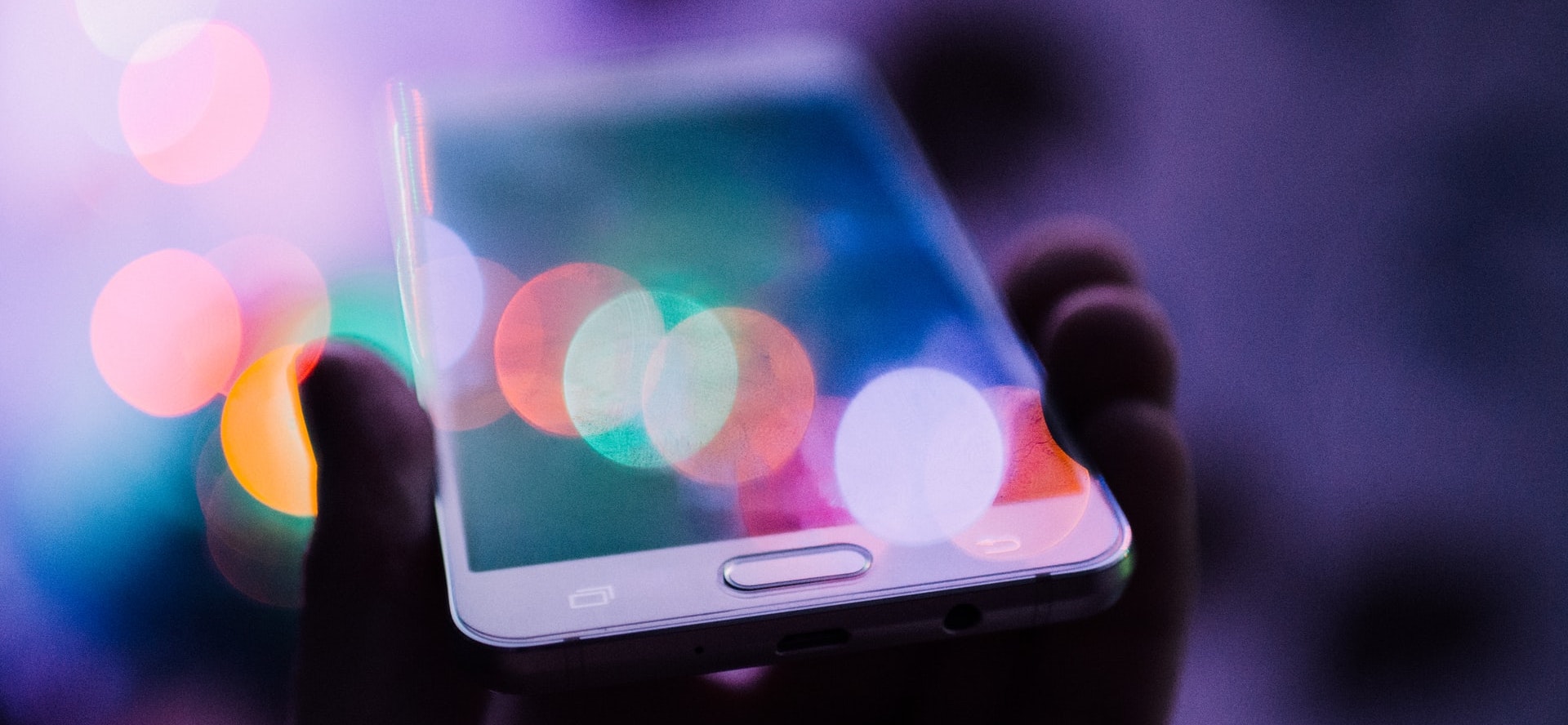Authors: Emma Bee (British Geological Survey), Mirianna Budimir (Practical Action UK) and Jonathan Paul (Royal Holloway University).
Approximately 93% of the global population has access to a mobile broadband network 1. Mobile phone ownership has also increased rapidly, with global smartphone connections doubling in just five years and rising sixfold in South Asia 2. Whilst the rapid rise in the use of sophisticated mobile technologies provides significant opportunities to support Disaster Risk Management (DRM), many projects, especially mobile app developments, do not always appropriatelyconsider end user needs and have been terminated after the proof-of concept-stage 3. In addition, inequality in economic capital, access to technology, and social capital have a direct impact on access to mobile phone technologies, particularly for poorer community members, resulting in a “digital divide” 4. Despite mobile coverage increasing, usage is growing at a much slower rate. 51% of the population still do not use mobile internet with lack of awareness, affordability and lack of literacy and digital skills cited as other key barriers to use 2. These digital divides can be accentuated in post-disaster contexts resulting in marginalised groups potentially being excluded if mobile-enabled services are not designed with their needs in mind.

In October 2020, the Science for Humanitarian Emergencies and Resilience (SHEAR) programme hosted a virtual workshop to explore the use of mobile technologies to support disaster risk management. The workshop brought together approximately 45 members from 20 organisations from across the SHEAR Programme and a selection of external experts to share and record their experiences. Participants included physical and social scientists, public and private researchers, technological developers, Non-Governmental Organisations (NGOs), and federal, local, and intergovernmental officials. The educational and professional backgrounds of the participants were highly varied and included: scientific experts involved in trialling new technologies; experts working more closely with communities in developing countries over long time periods; those involved in the short-term distribution of emergency aid; non-professional participants (“citizen scientists”) in community-level initiatives; and data visualisation and risk communication experts. The breadth and depth of expertise and experience from workshop participants provided an opportunity to gather key learnings and examine common challenges and opportunities where mobile technologies could be usefully harnessed through different stages of the DRM lifecycle, and across different regions.

Key learnings included:
- Avoid parachute solutions – local contexts, dynamics and needs should be understood before utilising or creating new mobile applications.
- Recognise vulnerable community members – designs that recognise pre-existing socio-economic vulnerabilities allow for more equitable access to information and equitable participation.
- Language and Literacy – these factors should be discussed in the planning stages to ensure relevance to local communities.
- Data Ownership and Protection – having a clear understanding of the intellectual property of the mobile app or technology and a clear long-term plan for how data will be appropriately managed and maintains is important to consider at the outset.
- Mobile phone technologies are not a universal panacea – we must learn and adapt our approaches to enable us to make the most of technologies in an appropriate and inclusive way. A technological solution is not always the most appropriate solution in all contexts.
- Variability in internet access – cost and connectivity can prohibit access to many. Solutions which ensure inclusivity of the target audience are required.
The following outputs provide a detailed synthesis of the workshop findings and much of the text in this blog, draws from these outputs.
- Budimir, M., Bee, E., and Paul, J., 2021, Using mobile phone technologies for Disaster Risk Management: Reflections from SHEAR, SHEAR. Accessible from: https://practicalaction.org/knowledge-centre/resources/using-mobile-phone-technologies-for-disaster-risk-management-reflections-from-shear/ (Last accessed 22/07/21)
- Paul, J. D. Bee, E., and Budimir, M. 2021. Mobile phone technologies for disaster risk reduction, Climate Risk Management, Volume 32,100296, ISSN 2212-0963, https://doi.org/10.1016/j.crm.2021.100296.
- Reflections from the workshop are captured and summarised in this short video.
- Ten individual video presentations used to demonstrate examples of where mobile phone technologies have been used in DRM are showcased here for public access.
References
1. International Telecommunication Union. 2020. Measuring digital development: Facts and figures: 2020. Available at: https://www.itu.int/en/ITU-D/Statistics/Documents/facts/FactsFigures2020.pdf. Last Accessed 20/07/2021.
2. GSMA, 2020. Connected Society: The State of Mobile Internet Connectivity 2020. Available at: https://www.gsma.com/r/wp-content/uploads/2020/09/GSMA-State-of-Mobile-Internet-Connectivity-Report-2020.pdf. Last Accessed 20/07/2021.
3. Paul, J. D. Bee, E., and Budimir, M. 2021. Mobile phone technologies for disaster risk reduction, Climate Risk Management, Volume 32,100296, ISSN 2212-0963, https://doi.org/10.1016/j.crm.2021.100296.
4. Budimir, M., Bee, E., and Paul, J., 2021, Using mobile phone technologies for Disaster Risk Management: Reflections from SHEAR, SHEAR. Accessible from: https://practicalaction.org/knowledge-centre/resources/using-mobile-phone-technologies-for-disaster-risk-management-reflections-from-shear/ (Last accessed 22/07/21)
Photo by Rodion Kutsaev on Unsplash
